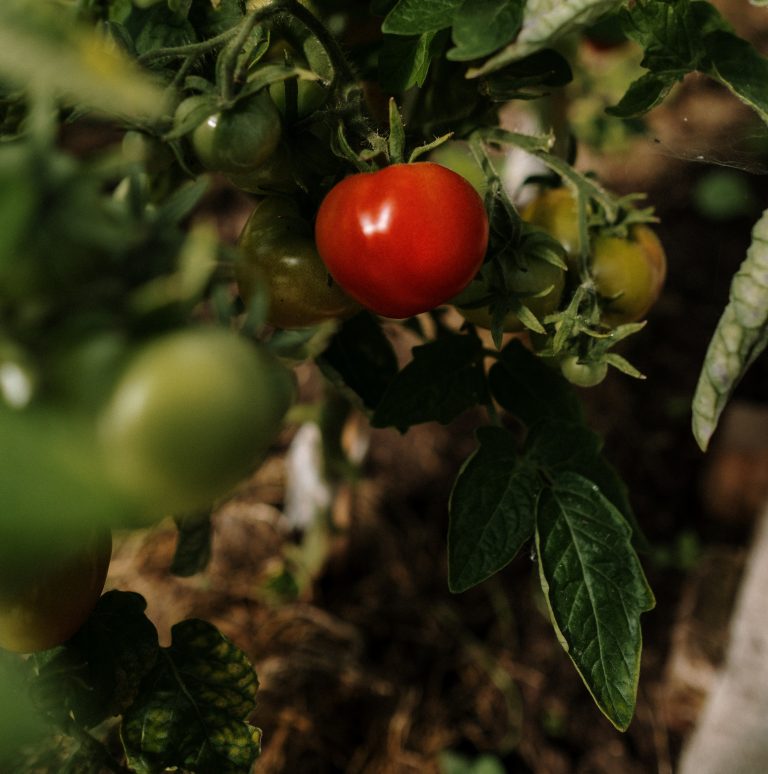When I started gardening over a decade ago, I was so excited to grow things that I would cram many seedlings into tiny spaces. My first garden was my pride and joy, but looking back on it, I made so many mistakes. Mistakes are good! They help you learn. But some of them are entirely…
